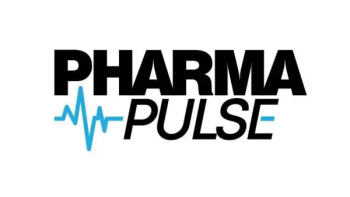
GAO advises DEA to be more forthcoming with guidance on suspicious order monitoring of controlled substances
DEA basically tells GAO to buzz off
At the request of several Congressmen, the Government Accountability Office (GAO) reviewed actions by the Drug Enforcement Agency in informing and educating the participants in prescription-drug distribution—manufacturers, distributors, pharmacies and practitioners. The just-published
The seriousness of the problem of diversion and abuse of prescription drugs cannot be overstated: in 2013, according to federal data, over 22,000 deaths were attributable to drug overdoses, including 16,000 due to opioid painkillers specifically; the Centers for Disease Control has stated that the US is in the midst of a drug-overdose epidemic.
The lack of dialogue between DEA and distributors has been a particular sore point for the latter and its trade association, the Healthcare Distribution Management Assn, and the GAO report shows why: In 2013, DEA and the Dept. of Justice assessed fines for violations of the Controlled Substances Act (CSA) of over $80 million against distributors; in that year, pharmacies (including chains) were assessed a total of $13.2 million, and practitioners, a total of $1.4 million. In the five-year total for 2009-2013, distributors paid $133 million; pharmacies, $105 million; and practitioners, $6.6 million. Given that a prescription drug diversion nearly always starts with a prescription from somebody (apart from outright fraud or theft), and, as HDMA has maintained for a long time, that distributors have relatively little visibility into the prescription documentation at pharmacies, the burden for controlled substances diversion seems to be unevenly borne.
Based on stakeholder surveys and interviews, GAO recommends that DEA provide regular communication with distributors, pharmacies and practitioners; solicit input from pharmacies and pharmacists for updates on its guidance; and solicit input from distributors “regarding their roles and responsibilities for suspicious order monitoring and reporting.” On the latter point, DEA responded to GAO with this statement: “DEA would like to emphasize that it has no authority to control otherwise legitimate business decisions of registrants … DEA and our state partners have repeatedly and emphatically informed distributors that arbitrary thresholds are inappropriate, negatively impact legitimate patients, and are an inadequate substitute for fulfilling their obligations under the CSA;” as to soliciting input from distributors in order to provide better guidance, DEA had no comment.
“GAO’s recommendations reaffirm HDMA’s long-standing position that enhanced communication, coordination and collaboration between the DEA and supply chain stakeholders is one of the keys to successfully mitigating prescription drug abuse and diversion,” said John Gray, HDMA president, in a statement, adding that the association looks forward to passage of the Senate bill.
Newsletter
Stay ahead in the life sciences industry with Pharmaceutical Commerce, the latest news, trends, and strategies in drug distribution, commercialization, and market access.





